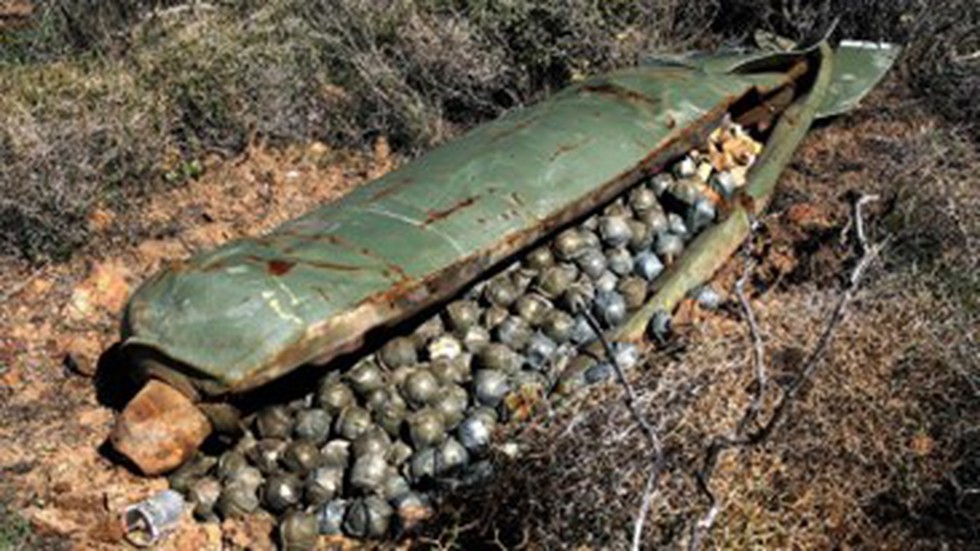About Cluster bombs:
- A cluster bomb is a type of weapon that is designed to disperse smaller bombs over a large area.
- They are also known as cluster munitions, with the smaller bombs referred to as submunitions or bomblets.
- They can be dropped from air or fired from ground/sea, dispersing dozens or hundreds of bomblets across a large area.
- These explosions pose a grave threat to anyone in the vicinity, causing death or severe injuries.
- Some bomblets fail to detonate immediately, leaving behind unexploded ordnance that can harm or kill people for years to come
- The use of cluster bombs has been widely condemned internationally.
- Over 100 countries have ratified the Convention on Cluster Munitions.
Key Facts about Convention on Cluster Munitions
- It was adopted in Dublin on 30 May 2008 and opened for signature in Oslo on 3 December the same year.
- It prohibits all use, stockpiling, production and transfer of cluster munitions.
- Separate articles in the Convention concern destruction of stockpiles, clearance of contaminated areas, assistance to victims, submission of transparency reports, and adoption of domestic legislation.
- The Convention became binding international law when it entered into force on 1 August 2010.
- Till date a total of 123 States have joined the Convention – 111 States Parties and 12 Signatories.
- India is not a signatory to this convention.
